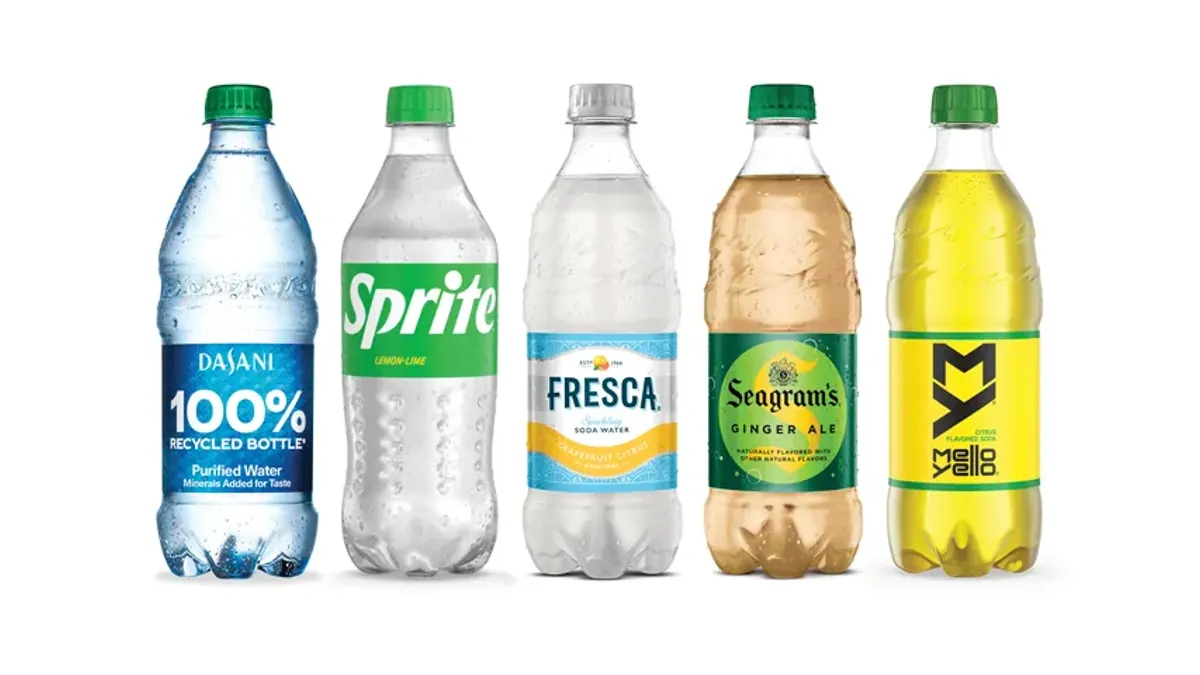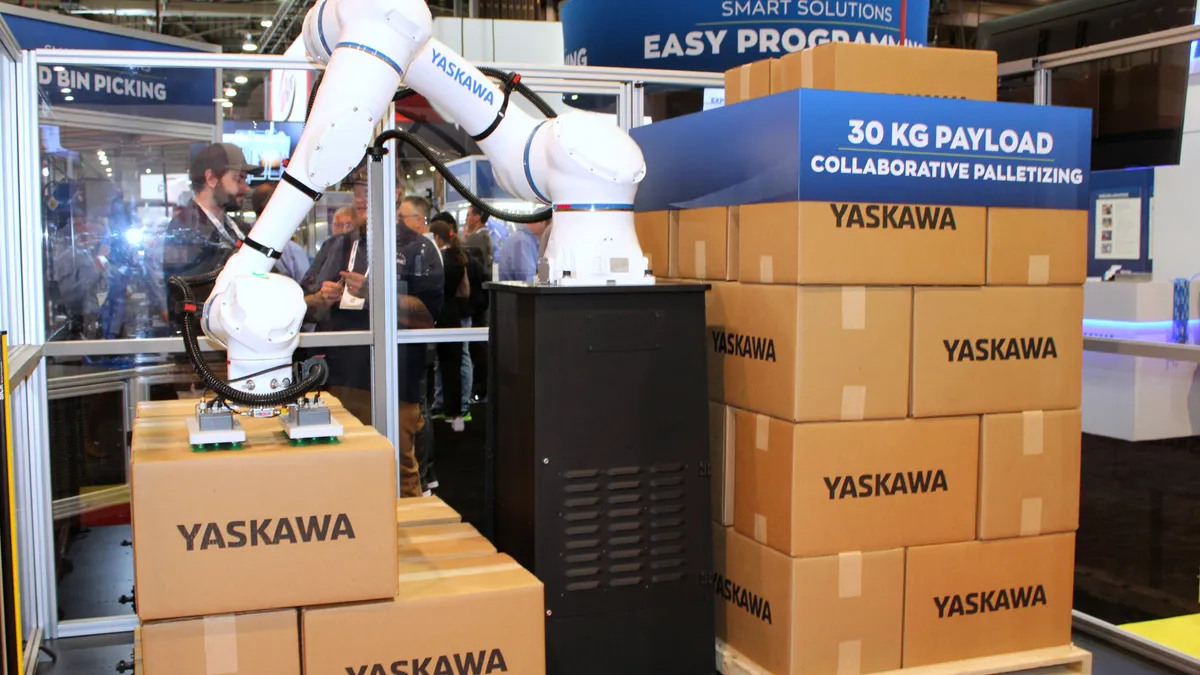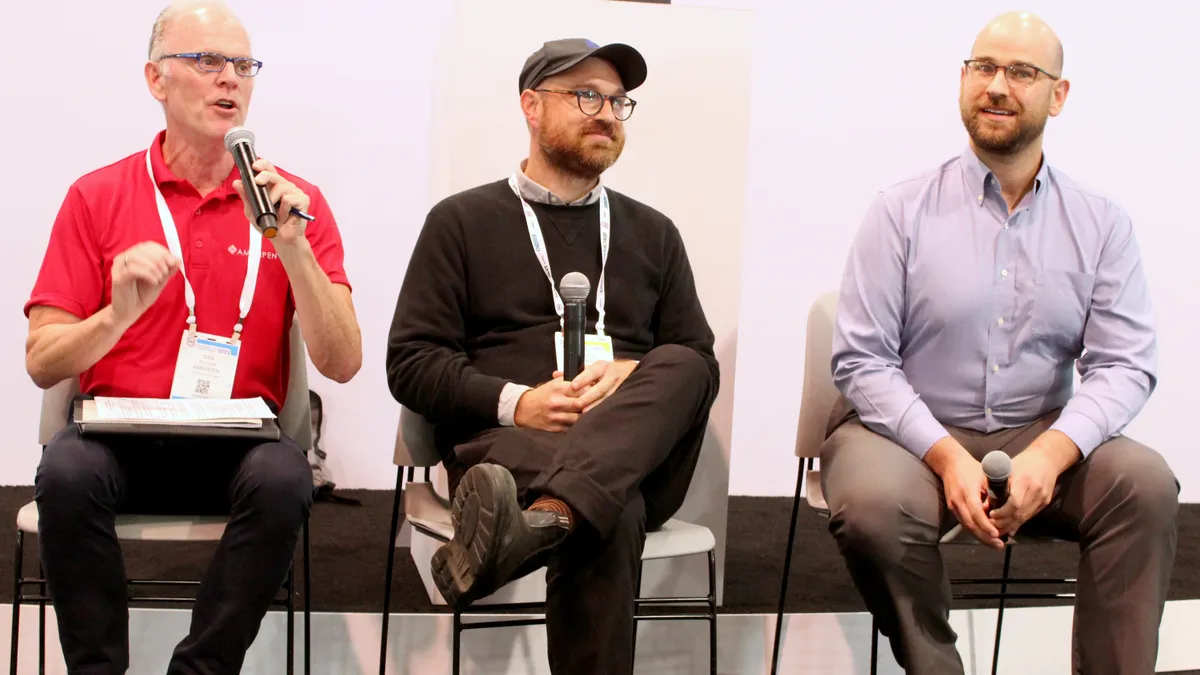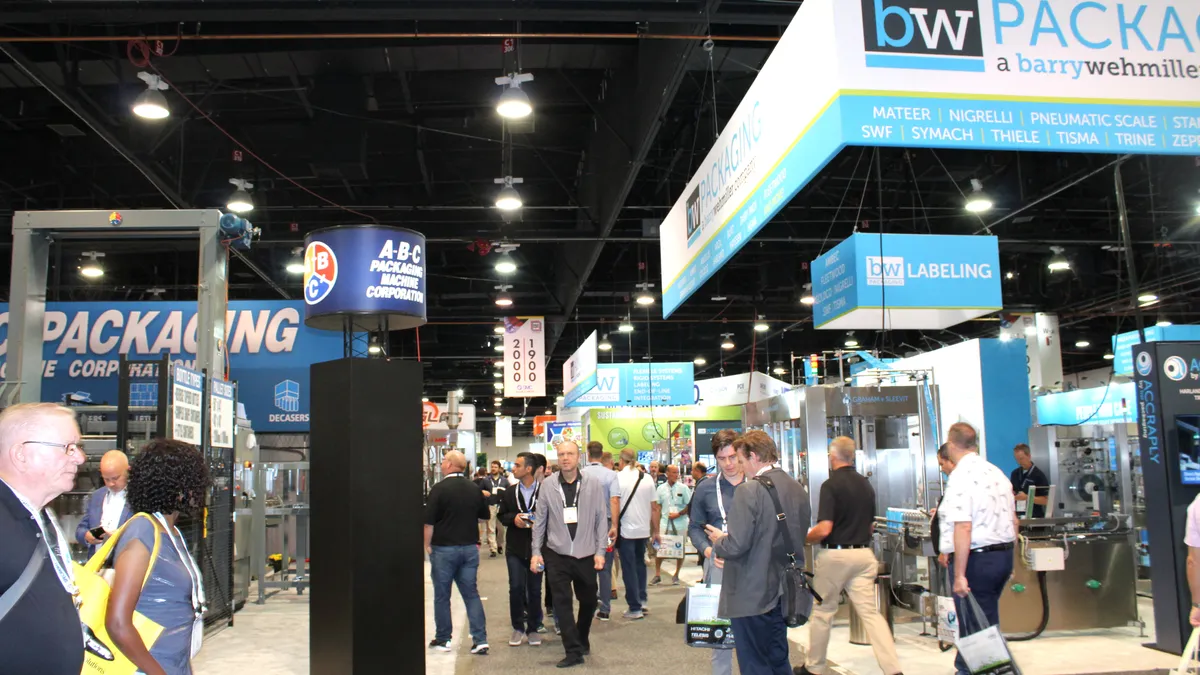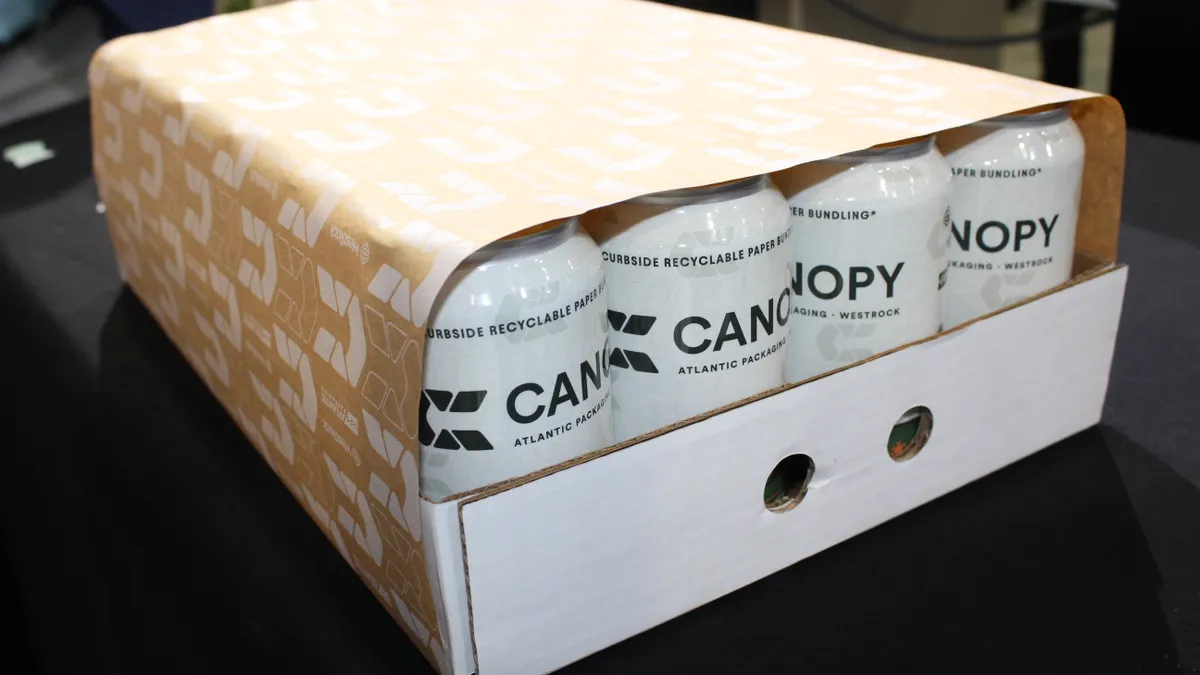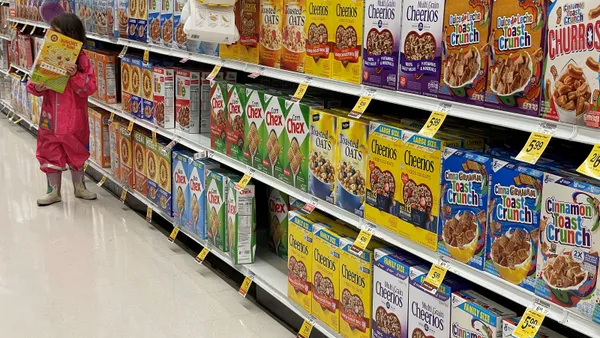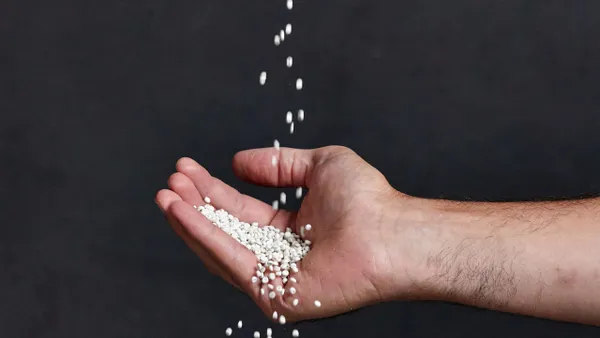Packaging companies weren’t the only attendees at Pack Expo in Las Vegas to share their insights on the push toward more sustainable packaging. Brands also discussed how they’ve put plans into action to transform their products and operations, such as by changing materials to increase recyclability and by incorporating reusability.
Sustainability was undeniably the dominant theme at Pack Expo, which took place Sept. 11-13; some attendees and speakers noted a shift over the past year as more companies moved from simply talking about sustainability to actually taking action. But the shift isn’t instantaneous and comes with plenty of internal and external barriers, speakers explained at the event’s educational sessions.
“It takes time; it takes a lot of effort and communication,” said Cecilia Coates, manager of global sustainability at Colgate-Palmolive. “Because we are a global company, it’s the challenge of making all of this apply at scale everywhere that we touch.”
Not easy being green
Last year, The Coca-Cola Co. switched its iconic green Sprite bottle to clear PET to increase sustainability. Its other products in colored PET bottles also got makeovers: Dasani water, Seagram’s ginger ale, Fresca and Mello Yello.
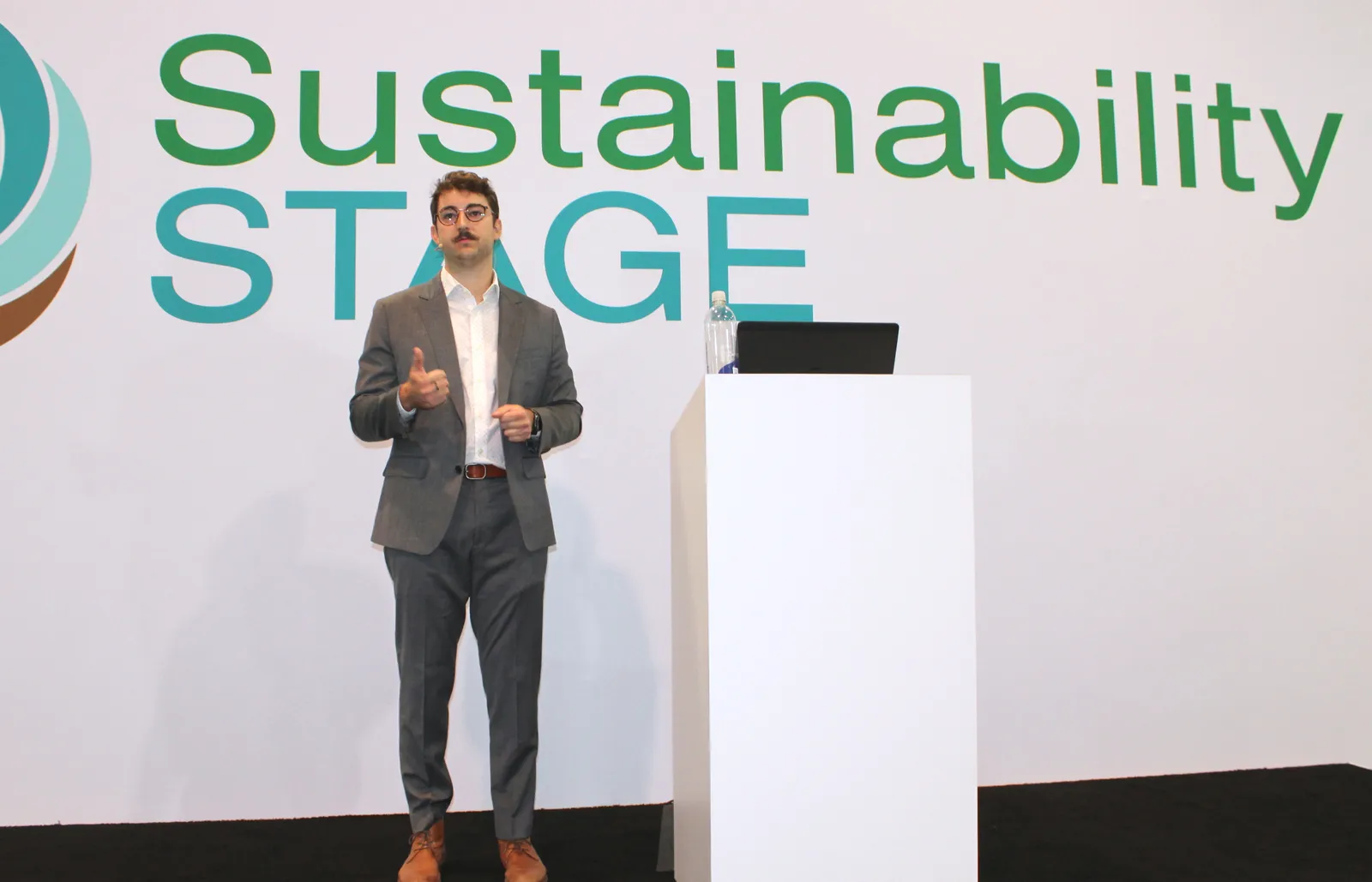
Clear PET is easier to recycle into new bottles, said Noah Wigington, global packaging development and innovation sustainability lead at Coca-Cola. He said that although colored PET technically can be recycled, it typically doesn’t go into making new bottles but rather is “downgraded” for use in products like strapping, textiles and carpet.
“We want to make sure these products come back as rPET bottles” to enhance plastic circularity, Wigington said.
Coca-Cola did product testing to ensure bottle quality would remain the same after the switch. It also performed consumer research on attitudes toward recycling and transitioning away from the iconic green Sprite bottle. The company discovered the switch suggested negative changes in consumer behaviors, and consequently, changes to marketing strategies.
“Consumers did find it trickier to find the clear bottle” on retailers’ shelves, plus “the likability went down, the purchase intent went down,” Wigington said.
But that was prior to informing surveyed consumers about the reasoning behind the switch. After consumers learned the change would improve recyclability, they liked the clear bottle more.
Coca-Cola saw double-digit increases in consumers’ purchase intent once they understood the sustainability improvements with the change, and soon consumers intentionally sought out the clear bottles. The findings prompted Coca-Cola to launch a widespread educational campaign about the new bottle and the recyclability benefits.
“It’s all about sharing ... the ‘why’ we are doing this,” Wigington said. “This is really encouraging from a brand point of view to see that consumers really do resonate with this change. You just have to explain it to them.”
A multi-tiered approach
Coates also detailed some product and packaging revamps that are helping Colgate-Palmolive achieve the goals in its sustainability and social impact strategy.
For example, packaging for Tom’s of Maine deodorant is now partially made with PCR. And Colgate launched reusable toothbrushes with handles made of metal, not plastic, that have replaceable heads. Through life cycle assessments, Colgate sees that carbon reduction benefits occur after multiple cycles of toothbrush reuse. “We’re trying [to incorporate sustainability] but in a very informed and scientific way,” she said, referencing the Science Based Targets initiative’s approval of Colgate-Palmolive’s targets last year.
“These are examples of how these targets are coming to life and how we’re really scaling our impact with our products and reaching homes with sustainability options,” Coates said.
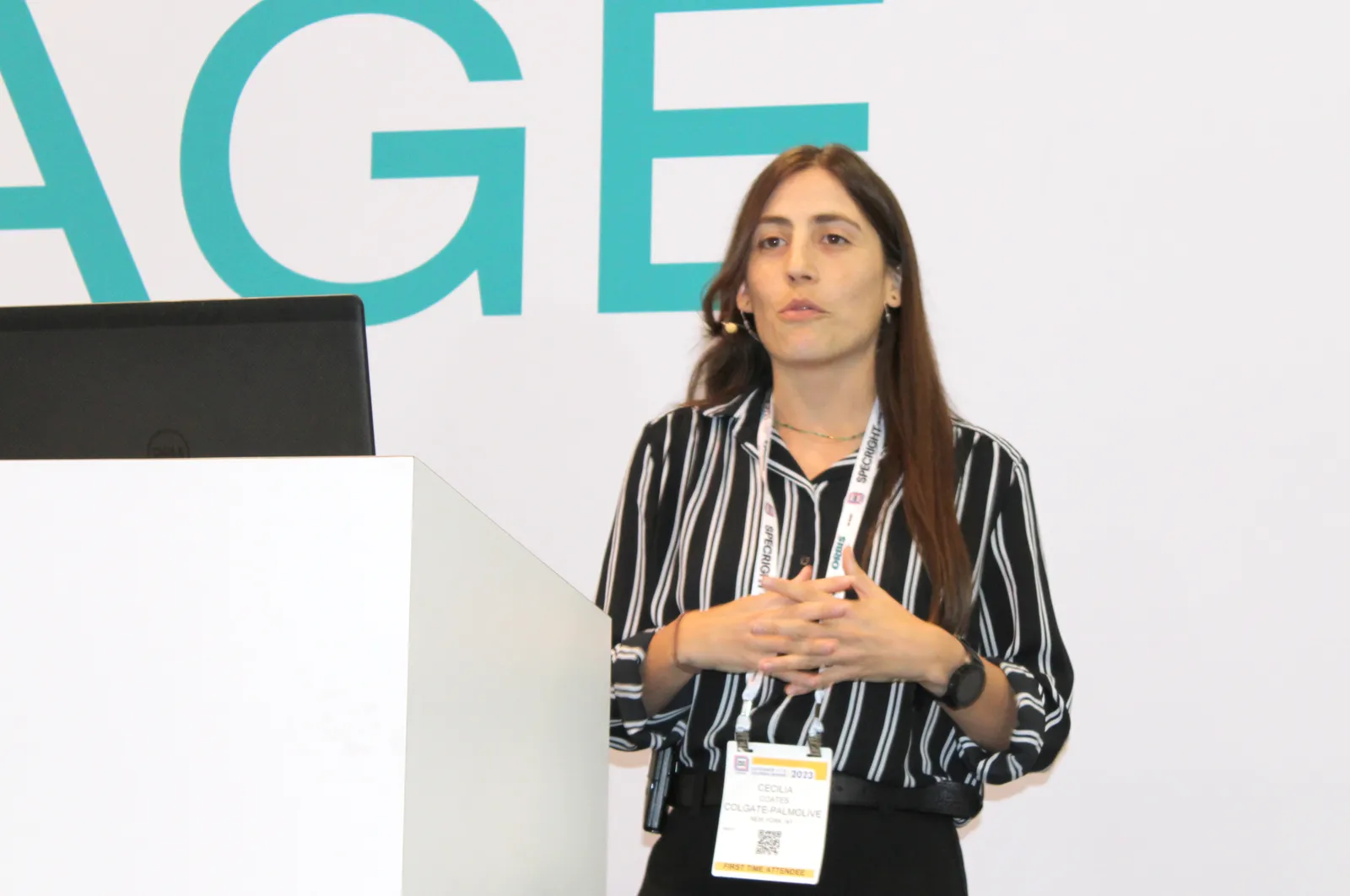
Colgate-Palmolive’s climate strategy includes eliminating “unnecessary or problematic packaging,” eliminating one-third of virgin plastic use, using at least 25% postconsumer recycled content and ensuring that all plastic packaging is reusable, recyclable or compostable by 2025. It also aims to reduce scope 1, 2 and 3 emissions 20% by 2025 compared with a 2020 baseline, and reduce them 90% by 2040.
“We’re focusing on all of our targets. We’re not necessarily prioritizing one over the other,” Coates said.
Achieving the goals involves not just product redevelopment but operational changes as well, Coates explained. Three focal areas are manufacturing, logistics and procurement. On the manufacturing front, energy efficiency is paramount; the company aims to reduce its energy consumption and to use 100% renewable electricity by 2030.
“Data and digitization are really a key enabler of how we’re going to become more efficient and reduce energy and achieve net zero,” Coates said. This includes using sensors, software and other platforms to assess how energy is being used.
But global companies face plenty of barriers to taking concrete action and making real progress, she said. A key challenge is internal communication to get everyone on the same page and participating in the broader sustainability effort.
“We set goals, but then we have to make them a reality. To do that we have to create awareness across the whole organization, we have to get buy-in from different parts of the organization,” Coates said. “Whenever we have a success story we try to spread it around the company so that people are aware and are encouraged to take it to the next level.”



